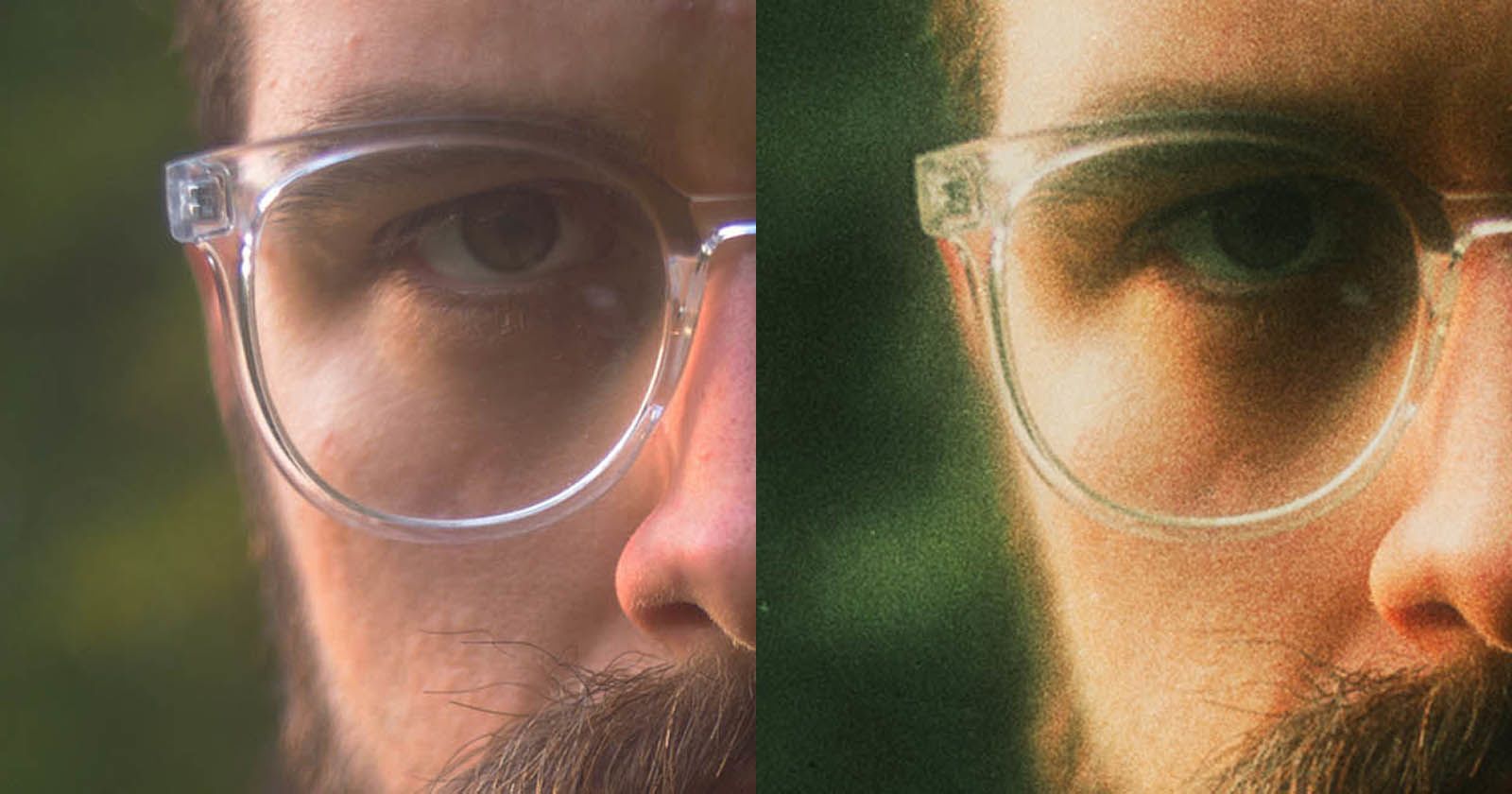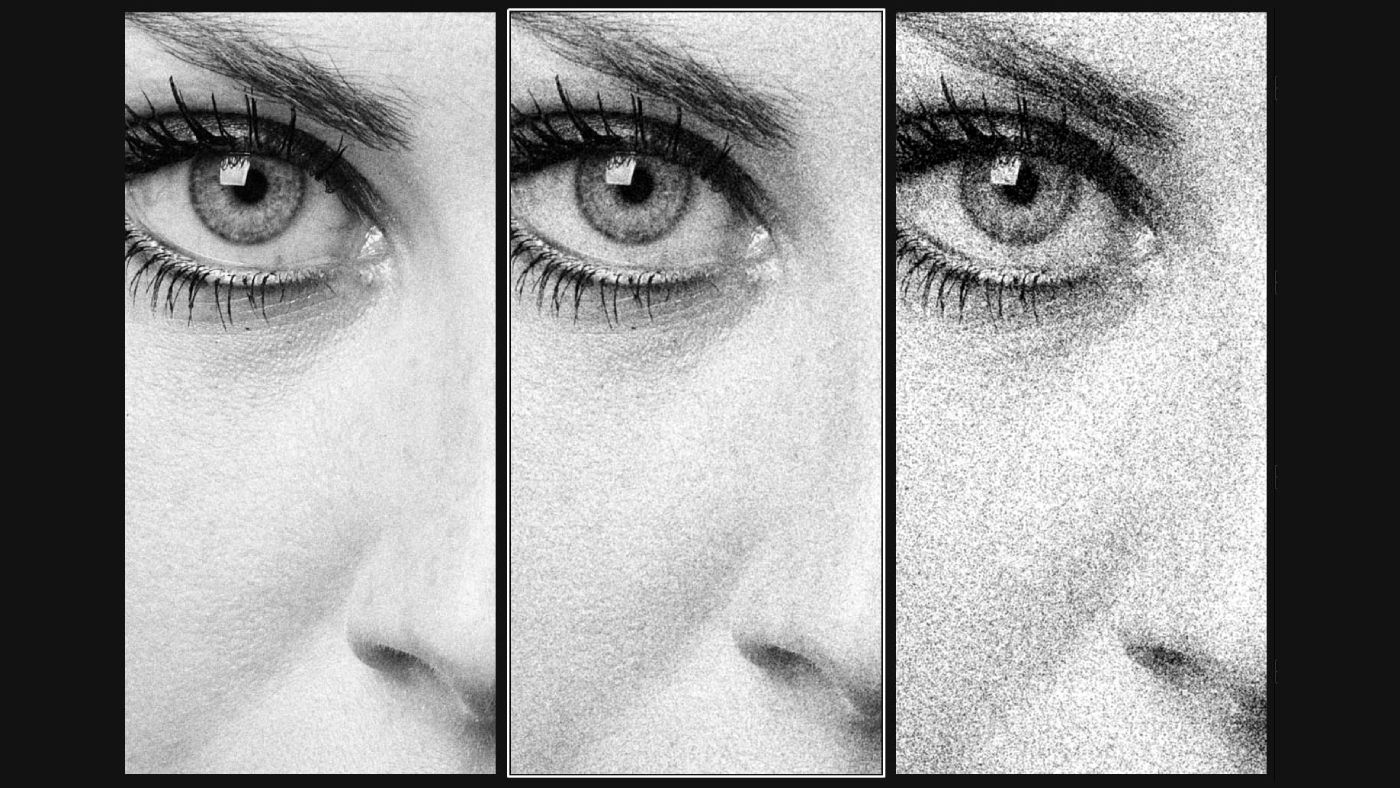Why Do Some Filmmakers Still Use Film Grain?

If you're an aspiring filmmaker or a film student, you've probably noticed something curious in certain films: that subtle, gritty texture on screen—like a faint veil of sand or static dancing over the image. That’s film grain. But why do some directors still choose to use it in an era of ultra-slick, high-definition digital imagery?
The answer lies not just in aesthetics, but in storytelling.
What Is Film Grain, Technically Speaking?

Film grain is the result of small particles of silver halide in photographic film reacting to light. These particles are randomly distributed, and when a movie is shot on actual film stock, each frame contains thousands of these tiny, unpredictable dots. The grain becomes visible especially in low-light or underexposed scenes.
In digital filmmaking, this effect can be mimicked using software or filters—but the decision to add grain is never random. It’s often a deliberate stylistic choice used to set tone, mood, or even draw the viewer emotionally closer to the narrative.
Take It with a Grain of Film: “Saving Private Ryan” and “Joker”
Take Saving Private Ryan, for example. Spielberg’s World War II epic opens with a chaotic and gut-wrenching portrayal of the D-Day landing. The heavy use of grain, combined with desaturated colours and handheld camerawork, brings a visceral realism to the scene. It doesn’t feel like you're watching a film—it feels like you’re in it.
The grain adds a harsh texture that matches the brutality of war, making the viewing experience not just immersive, but emotionally exhausting in the best way.
Now contrast that with Todd Phillips’ Joker, a film shot digitally but made to feel like a 1970s psychological drama. Here, grain is used more subtly, layered in during post-production to evoke the feeling of older cinema.
It gives Arthur Fleck’s world a sense of decay, as though the city itself is deteriorating along with him. The added grain makes the viewer feel slightly uncomfortable—like we’re seeing something we weren’t meant to witness. In both films, grain is not just aesthetic—it’s thematic.
So, Why Use Film Grain?
Film grain does something that ultra-HD clarity can’t—it introduces imperfection, and with it, emotional texture. Grain softens the image ever so slightly, breaking away from the sterile look of digital. It can create a sense of realism or nostalgia, and in some cases, both. The unpredictability of grain makes a film feel more human, less engineered.
It allows a director to transport the audience into a specific time, emotion, or mental state.
In storytelling, texture matters. When a scene is too clean, too perfect, it can feel distant. Film grain bridges that gap between the screen and the audience. It invites you to lean in, to feel the world you're watching. That’s why directors across genres—from gritty war dramas to stylised character studies—still embrace it.
It's a subtle nod to the emotional and historical layers of cinema, a reminder that not everything needs to be polished to be powerful.
Want to Master the Craft?
If you're dreaming of telling stories that look and feel exactly the way you envision them, it’s time to get hands-on. At IACT College, the BA (Hons) in Film Production—offered in collaboration with the University of Sunderland (UK)—gives you more than just theory.
You’ll dive deep into the technical and artistic side of filmmaking, learning how to make intentional choices like when (and why) to use grain. From pre-production to post, you’ll be mentored by industry professionals, with full access to the tools of the trade.
Whether you want to make your audience cry, squirm, or sit in awe, it all begins with understanding the language of film—and grain is just one of the many words in that visual vocabulary.




